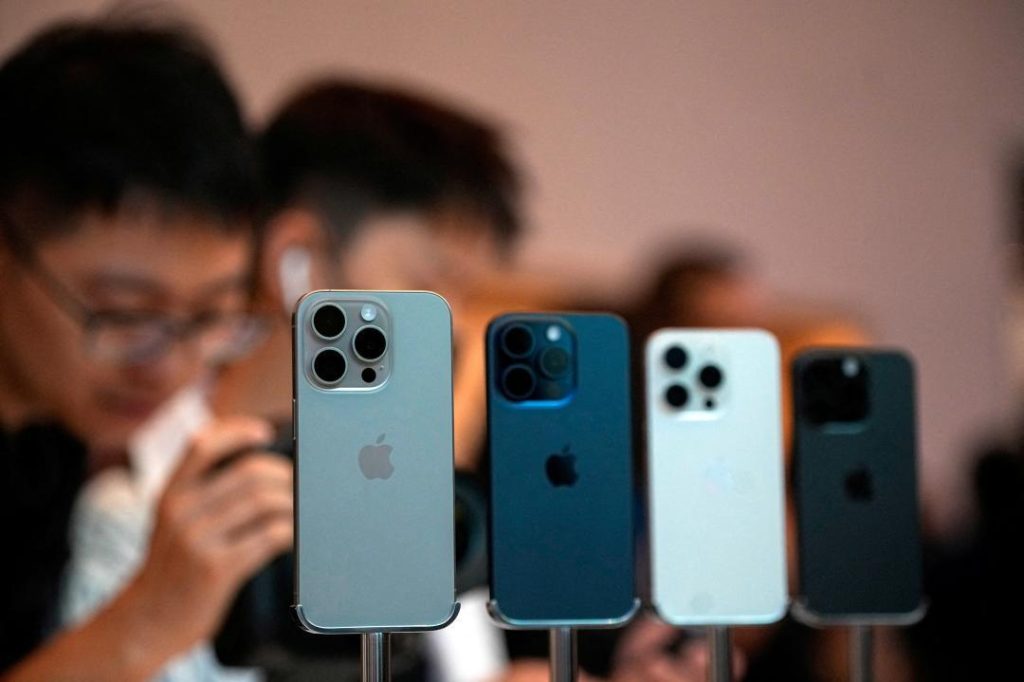
How Much Does it Cost to Make an iPhone? And How May it Change Due to US Tariffs?
The iPhone, one of the most popular and iconic smartphones in the world, has been a staple of Apple’s success for over a decade. With its sleek design, user-friendly interface, and impressive features, it’s no wonder why millions of people around the world use an iPhone as their primary device. But have you ever wondered how much it actually costs Apple to make one of these devices? And what impact might US tariffs have on the cost of production?
According to a recent report by Moneycontrol, Apple spends around $580 (over ₹50,000) to make a 256GB iPhone 16 Pro. This figure includes various components and manufacturing costs, such as the A18 Pro chip, rear camera systems, and display. As we’ll explore later, these costs could increase significantly due to the US-China trade war and tariffs imposed by the US government.
Breaking Down the Cost of an iPhone
To understand how Apple arrives at the cost of making an iPhone, let’s take a closer look at some of the key components. According to the report, the cost of the A18 Pro chip is around $90.85, while the rear camera systems cost $126.95. The display, which is a critical component of any smartphone, costs around $37.97. Other components, such as memory, storage, and batteries, also contribute to the overall cost.
It’s worth noting that these costs are only for the components and do not include labor costs, research and development expenses, marketing, and other overheads. Apple also has a complex supply chain, with components sourced from various manufacturers around the world.
The Impact of US Tariffs on iPhone Production Costs
As mentioned earlier, the US government has imposed tariffs on Chinese goods, including those used in the production of iPhones. Since many iPhones are assembled in China, the tariffs would apply to the entire manufacturing cost. This means that the cost of producing an iPhone could increase by around 54%, from $580 to around $847 (around ₹73,400).
This could have significant implications for Apple’s profit margins, as well as the overall cost of the device for consumers. It’s worth noting that Apple has already taken steps to mitigate the impact of tariffs, such as shifting some production to countries like India and Vietnam. However, the company still relies heavily on Chinese suppliers and manufacturers.
The Consequences of Tariffs for Consumers
If tariffs are imposed on iPhones, it’s likely that consumers will feel the impact in the form of higher prices. This could be a significant challenge for Apple, which has been working to make its devices more affordable and competitive in a crowded market.
For consumers, higher prices could mean that they are forced to choose between other options, such as devices from Samsung or Huawei. This could have significant implications for Apple’s market share and overall sales. Additionally, higher prices could also impact Apple’s ability to attract new customers and retain existing ones.
Conclusion
The cost of making an iPhone is a complex and multifaceted issue, with various components and manufacturing costs contributing to the overall figure. While the cost of an iPhone may seem high to some, it’s important to remember that these devices are highly complex and require significant investment in research and development, manufacturing, and marketing.
The impact of US tariffs on iPhone production costs could be significant, with the potential to increase the cost of an iPhone by around 54%. This could have significant implications for Apple’s profit margins, as well as the overall cost of the device for consumers.
As the ongoing trade war between the US and China continues to evolve, it will be interesting to see how Apple and other companies adapt to the changing landscape. In the meantime, consumers can expect to see higher prices for iPhones and other devices, as companies absorb the cost of tariffs.
News Source:






